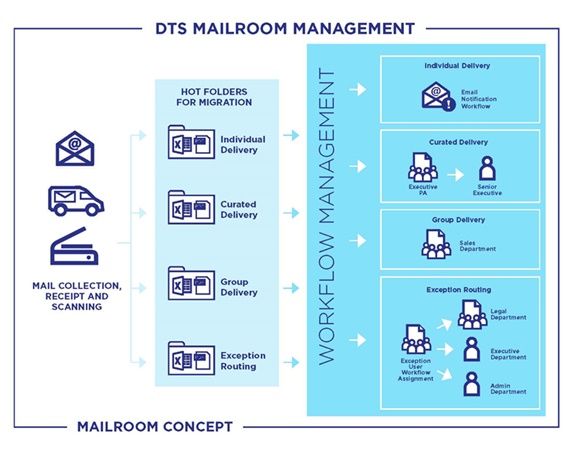
In 2017, IT news sites reported many large Australian corporations and government departments completing digital transformation projects – including the Australian Immigration department, Sydney Water and ANZ to name a few.
According to a November 2017 IDC report, worldwide spending on digital transformation will reach $1.7 trillion by 2019. However, the majority of companies surveyed were still in the early stages of transformation.[1]
Digital transformation is a continuous, and complex, undertaking that can substantially shape a company and its operations. When done right, it will result in a business that is more aligned with customer demands and resilient in the fast-moving digital future.
Digital transformation should not be seen as an IT upgrade, or a technological solution to one area of the business. The potential benefits of digitisation include increases in sales or productivity, innovations in value creation, as well as improving interaction and engagement with customers. As a result, entire business models can be reshaped or replaced.
So, with 2017 fading into the background and the opportunities looming large in 2018, what is the first step towards digital transformation?
Starting your digital transformation journey
Businesses first need to start with the end in mind. Define what digital transformation means for the business and what are the business benefits they want to realise. Only once businesses start with the end benefits in mind can they work backwards to what needs to change to deliver it.
Digital transformation is not just about changing paper-based documents into electronic files, it’s a change in the mindset of employees and the legacy processes that are often so ingrained in a business it seems impossible to change.
Digital transformation is a practice of change management. According to a study by Forrester Consulting and Accenture Interactive, company culture and organisation tend to lag behind process and technology when it comes to digital readiness. For digital transformation to succeed, you need to make cultural change and educational aspects of transformation a highlight of your plan.
Some people equate digital transformation with analytics on steroids. If that's all you're thinking, you're not going to get that fundamental business change. Our view of it is that you need a strategy that is business-led and IT supported and enabled. Being able to pull that together means you need to develop an overall strategy from an enterprise level that can then be cascaded down.[2]
In other words, you need a clear vision for the end-state to get everyone moving in the same direction, and you need to communicate any changes to that vision during the process.
[1] https://www.techrepublic.com/article/8-digital-transformation-resolutions-for-cios-in-2018/
[2] https://www.cio.com/article/3211898/digital-transformation/change-management-for-digital-transformation-whats-different.html




